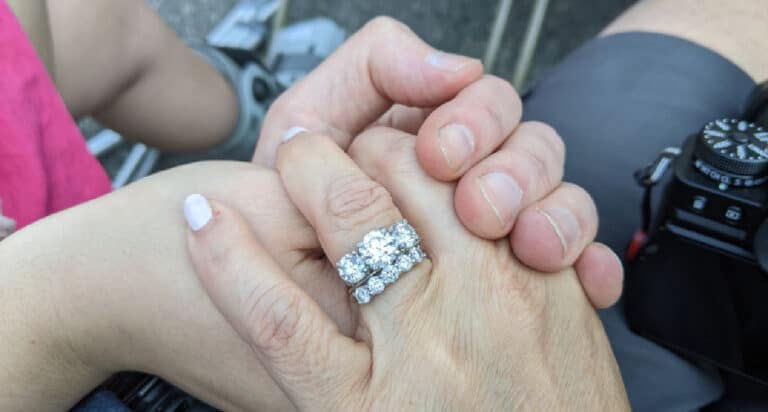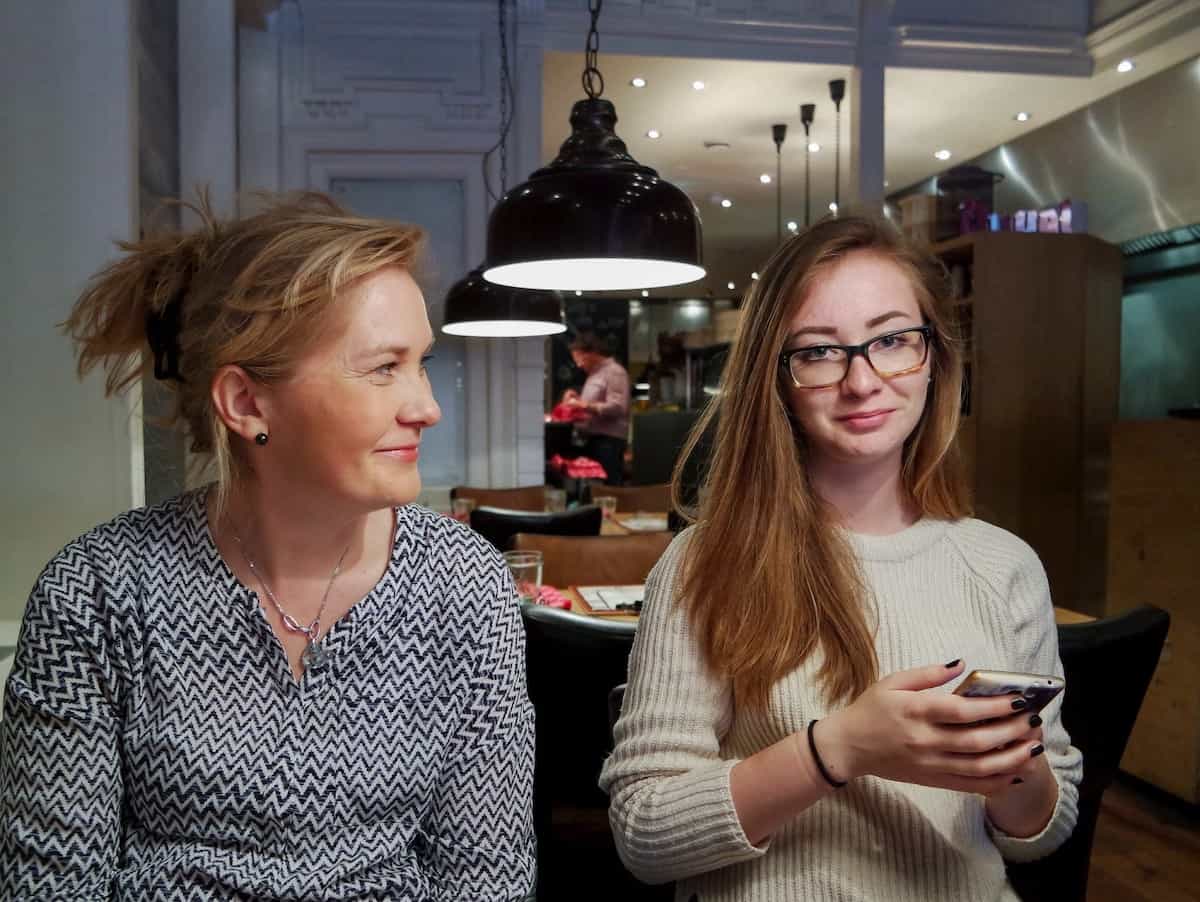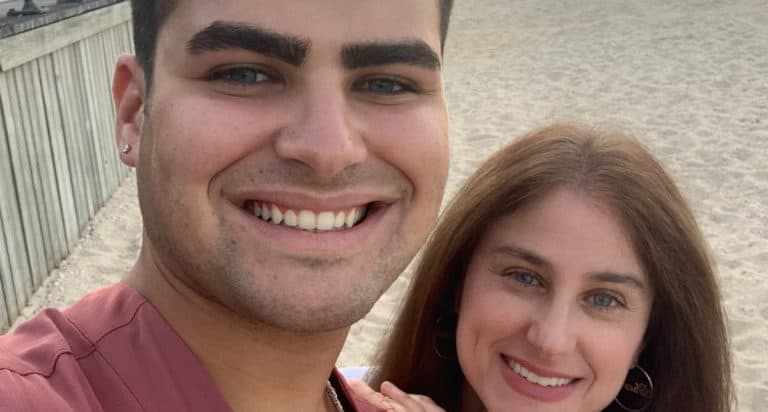Your home, like mine, is likely filled with photos, art, and representations of your family through the years. The lucite tissue box is adorned with hand-drawn photos of mommy and daughter, made by a very talented Kindergartener. The glass I LOVE MOM paperweight bought at the 5th grade Mother’s Day fair, picked with care from among the vast array of under-$10 gifts.
Why would you need any changes for a more supportive living space for a gay child? A child’s environment frames their understanding of what is considered normal, and home should be their safe space.

Ten ways to help your gay child feel more welcome in your home
1. Widen your media diet
Consider watching a queer-friendly show or movie, as a family. Love, Simon is a good movie that explores teen same-sex relationships within a secular family unit. Don’t forget about old-fashioned books as well. If you are a reading household, include some gay novels in the mix.
2. Check your décor
Mickey and Minnie figurines have prominent locations in my home. Not surprisingly, I didn’t have any “gay” imagery in my home.
What’s a parent to do? I put two teddy bears together, holding hands, on the top bunk of my son’s room. It may sound silly, but I made a point to tell my son that these were both boy bears.
Are there baby and/or childhood photos of your transgender child around your house? Ask them how they feel about leaving up pictures of themselves pre-transition.
3. Embrace the rainbow
An easy way to create a welcoming environment in your home is to display a rainbow flag. Even a small desktop rainbow flag sends a large message that all people are welcome in your home.
Or perhaps add a rainbow magnet to your magnet collection. Next to the Las Vegas chip magnet on my fridge is a rainbow button proclaiming our ally status. It isn’t big or bold. But it’s there.
4. Watch your language
I’m not talking about the usual #$*&@! suspects. Be aware of the language you choose. I was guilty of branding certain alcoholic beverages as “girlie drinks” until I internalized, of course, that alcoholic drinks have no gender, and it doesn’t make you any more manly to chug a beer than to enjoy an Aperol spritz.
5. Incorporate more inclusive language
Shift from the boyfriend/girlfriend speak to broader terms like ‘partner,’ ‘plus one’ or ‘someone special.’ This also has implications beyond your own home.
I recall a text from my friend Katrina, whose 16-year-old son had recently come out. She texted me excitedly to tell me that at work another teacher started asking her about her son. “What grade is he in?” “Does he have a girlfriend? boyfriend?” — that small gesture without assumptions from a co-worker made an instant safe space.
6. Own your biases
Did you grow up in a religious institution where being gay was considered a sin? Having a gay child may force a parent to explore and re-evaluate core values and that is OK.
While having a gay child often focuses on the sexuality issue, with a transgender child there is also the gender element to consider. Address your child by their preferred pronouns, and name.
Parents often slip up at the beginning, and that is OK. Your child will likely be understanding as you navigate new pronouns. Be sure to apologize and acknowledge your learning curve.
7. Modify the sex talk
Regardless of your child’s sexual orientation, the LGBTQIA+ community is an important mention. There are queer-inclusive publications about sex available, and I suggest a book that touches on all forms of sexuality.
It can be hard to talk about sex with your kids, but it is an important piece of the parenting journey. What you say, or don’t say, will have an impact. If you buy your straight son or daughter condoms, then buy your gay son condoms as well.
8. Model love
While saying “I love you” is an obvious way to express your love for your child, showing love can take many forms. When you find yourself at a loss for words, a hug speaks volumes.
We want our children to understand that we are here for them and will support them no matter what. If you haven’t heard the Calum Scott song “No Matter What,” do yourself a favor and google it.
Grab some tissues and get ready for a healthy good cry. The song’s message to your teen is simple, I love you no matter what.
9. Stay connected
Showing interest and asking questions about their life helps your child feel accepted. When my son started college, I asked if there were any cute boys in his dorm. My FaceTime inquiry was met with an eye roll, very similar to the response my daughter had to the same question 4 years earlier.
The more you communicate with your child, the more comfortable it will feel for both of you. Keep an eye on their social media accounts, as you would with any child. Sometimes gay children struggle with bullying or self-acceptance that might not be evident in the bubbly child you see at home.
10. Celebrate Pride
Pride means different things to different people. June is considered “Pride month” but there is never a wrong time to highlight your Pride. When you acknowledge Pride, you are acknowledging your child. It can be as simple as a rainbow cookie from your local bakery. Every child wants to be seen, heard, and loved as their true and special selves.
Happy Pride!









